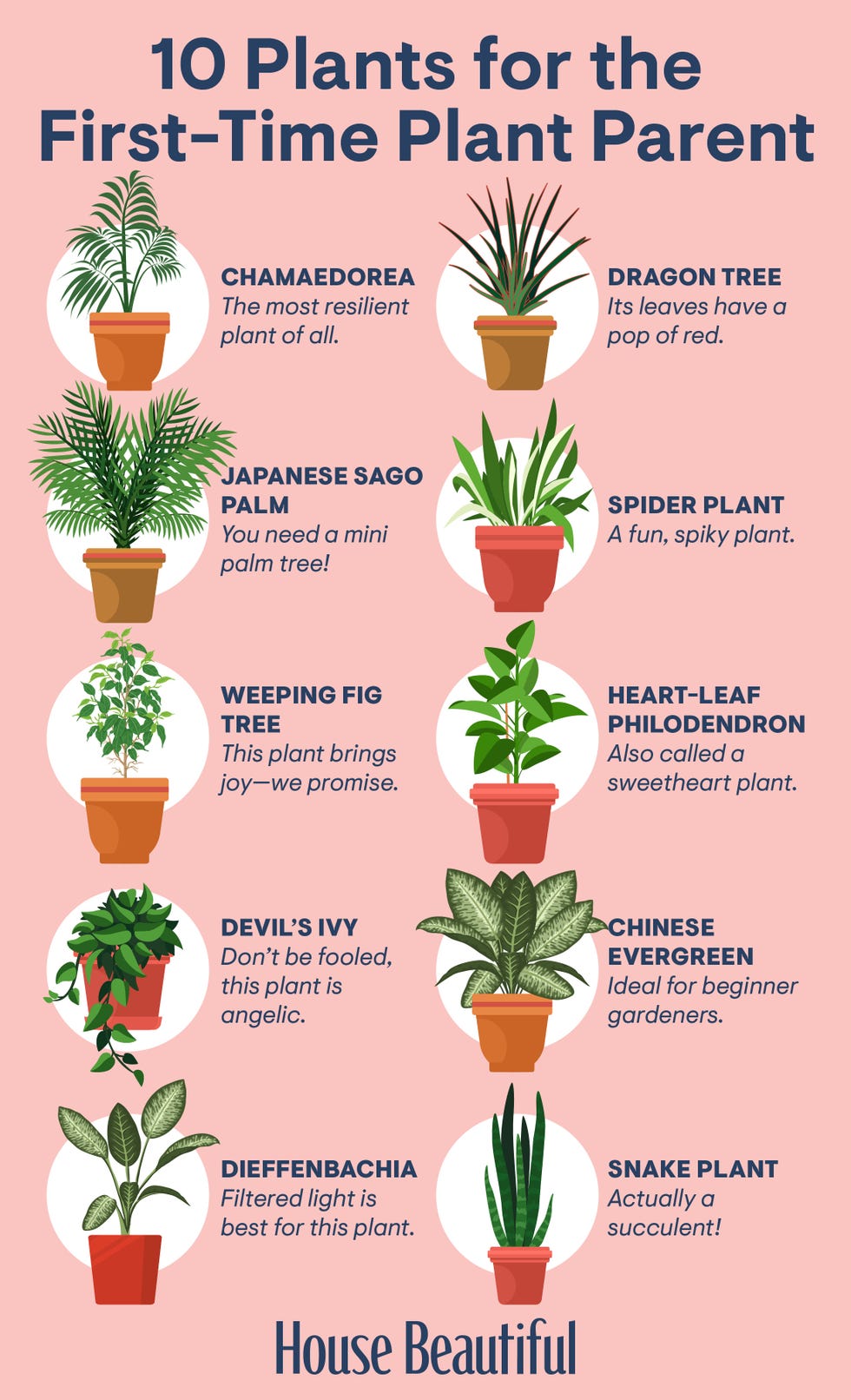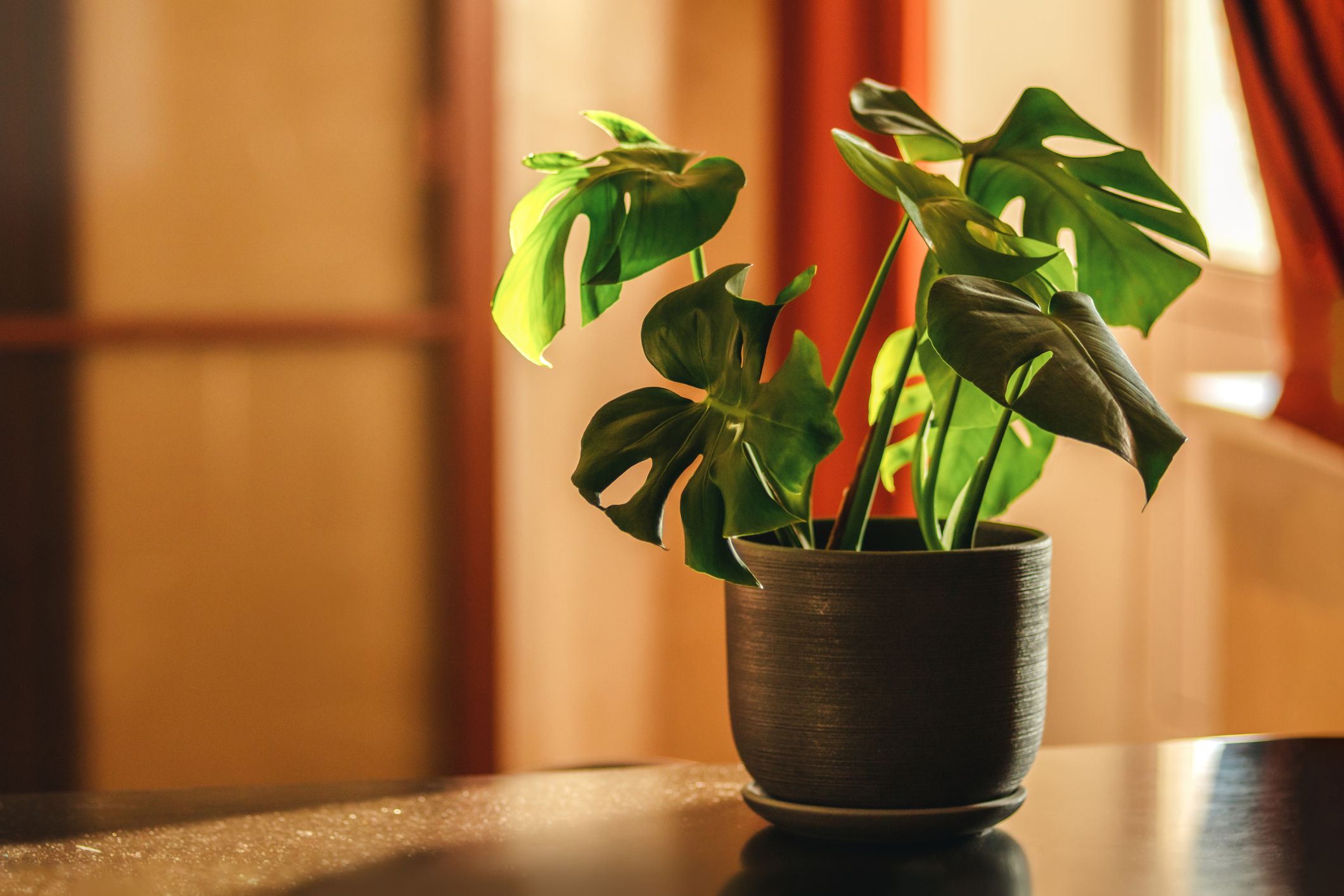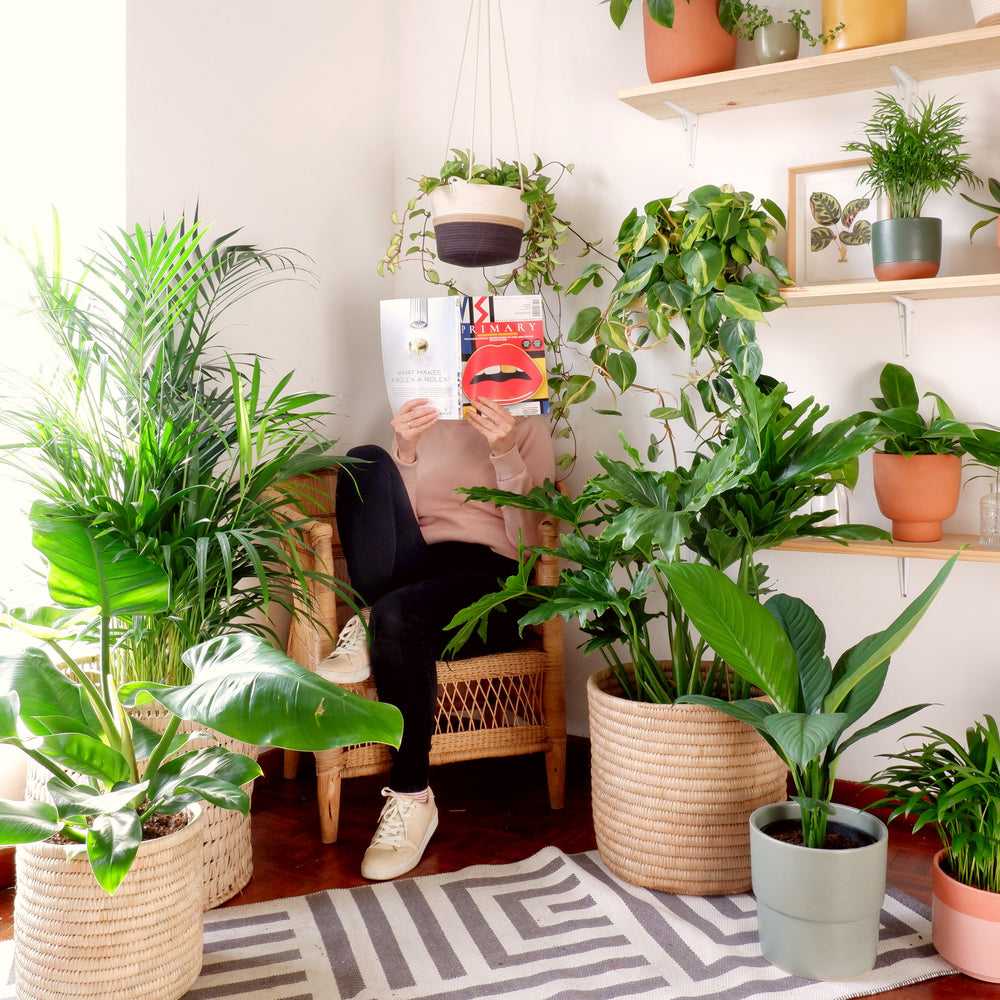Transform Your Living Space with the Best Low-Light Indoor Plants
Transform Your Living Space with the Best Low-Light Indoor Plants
Blog Article
Uncover the Secrets of Low-Light Indoor Plants and Just How They Enhance Your Atmosphere
Low-light indoor plants have garnered increasing attention for their unique capacity to improve both aesthetic allure and ecological quality within homes and workplaces. These resilient species, consisting of the Serpent Plant and Tranquility Lily, not just prosper in difficult lighting problems yet additionally play a pivotal function in air purification and emotional health. Recognizing the certain benefits and treatment demands of these plants can considerably impact your home. As we check out the intricacies of their benefits, you might discover insights that could change your surroundings in unexpected ways.
Advantages of Low-Light Indoor Plants
Although numerous individuals think that indoor plants need bountiful sunlight to flourish, low-light interior plants supply a plethora of benefits that make them excellent for various atmospheres. Among the primary benefits is their flexibility; they can thrive precede with limited all-natural light, such as offices, cellars, or areas with tiny home windows. This feature allows people to improve their environments with plant, adding to enhanced aesthetics without the requirement for comprehensive lights modifications.
Additionally, low-light indoor plants can substantially enhance interior air high quality by filtering system unsafe contaminants and launching oxygen, making living areas healthier. Research study has shown that certain varieties can absorb pollutants, thus promoting a cleaner ambience. In addition, they can improve mental well-being by decreasing stress and increasing performance. The visibility of plants has been connected to better feelings of tranquility and emphasis.
In addition, low-light plants usually require less maintenance than their sun-loving equivalents, making them optimal for busy people or those new to horticulture. Their resilience enables them to love very little treatment, thus giving a gratifying experience for plant fanatics and novices alike. In summary, low-light interior plants serve both visual and practical purposes, making them useful additions to any type of space.
Top Low-Light Plant Varieties
Low-light interior plants can be found in a selection of types, each offering one-of-a-kind features and benefits fit for dark environments. Among the most preferred varieties is the Serpent Plant (Sansevieria), known for its air-purifying capacities and architectural fallen leaves. This resilient plant flourishes on overlook and can tolerate a large range of light problems.
Another superb choice is the ZZ Plant (Zamioculcas zamiifolia), which features shiny, dark environment-friendly fallen leaves and is highly drought-tolerant. Its flexibility makes it a favorite for workplaces and homes with limited sunshine.
The Pothos (Epipremnum aureum) is likewise a top challenger, with its trailing vines and heart-shaped fallen leaves - Best low-light indoor plants. This functional plant can be educated to climb or waterfall, including visual rate of interest to any type of room

Care Tips for Low-Light Plants
Looking after low-light indoor plants requires a nuanced understanding of their specific demands to guarantee optimal development and vitality. Initially, it is crucial to choose the right potting mix, as a well-draining soil is vital to stop origin rot. A blend made for houseplants, commonly including peat moss and perlite, functions well for many low-light selections.
Watering is one more key facet of care. Low-light plants normally require less constant watering contrasted to their sun-loving counterparts. It is suggested to check the leading inch of soil; if it feels completely dry, it's time to water. Overwatering can cause problems such as mold and mildew and root degeneration.
Fertilization needs to be approached with caution. Throughout the expanding season, a watered down fluid fertilizer can be used monthly, yet in wintertime months, numerous low-light plants go into dormancy and need little to no fertilizing.
Last but not least, it's important to regularly clean up the fallen leaves to get rid of dust, enabling much better light absorption. By sticking to these care ideas, you can grow a flourishing setting for your low-light interior plants, enhancing both their appearance and long life.
Enhancing Air Quality With Plants
Indoor plants play a considerable function in improving air high quality see here within homes and workplace areas. With the process of photosynthesis, these plants absorb carbon dioxide and launch oxygen, adding to a much healthier ambience. In addition, particular low-light interior plants possess the capability to filter unsafe pollutants, such as benzene, trichloroethylene, and formaldehyde, which are generally located in interior environments.

In addition, the existence of interior plants can enhance moisture levels, which assists alleviate dry skin and respiratory system issues, better improving general health. This capability to boost air high quality not only advertises physical health however also supports mental wellness.
Incorporating low-light indoor plants right into your living and functioning spaces can cause a much more invigorating and vivid environment (Best low-light indoor plants). Investing websites in these natural air cleansers is a straightforward yet effective technique for improving interior air quality and fostering a healthier way of life
Developing a Calm Indoor Space
The assimilation of plants into living areas not only improves air top quality however additionally adds to a relaxing atmosphere. Low-light indoor plants, such as serpent plants and pothos, are especially reliable in developing a peaceful atmosphere, as they grow in conditions that may otherwise be unwelcoming for other plant. Their lavish foliage provides a calming aesthetic, decreasing tension and promoting leisure.
Including these plants right into your home or office can evoke a sense of tranquility and health. Purposefully placing them in locations where you spend substantial time, such as living areas or work spaces, permits an immersive experience with nature, which has been shown to enhance state of mind and cognitive feature.
Additionally, the gentle movement of fallen leaves in reaction to airflow can develop a vibrant visual component that improves the overall setting. Think about using a variety of plant elevations and structures to add depth and passion to your space. With thoughtful placement and treatment, low-light indoor plants can change any location into a calm shelter, fostering not just aesthetic fulfillment however psychological and additionally emotional wellness.

Verdict
Incorporating low-light indoor plants right into numerous environments returns considerable benefits, including enhanced air top quality and improved aesthetic charm. The transformative power read of low-light plants highlights their worth in boosting both job-related and residential settings.
Although lots of people presume that interior plants need abundant sunlight to prosper, low-light interior plants use a multitude of advantages that make them excellent for different environments.Furthermore, low-light indoor plants can substantially enhance interior air top quality by filtering unsafe toxins and launching oxygen, making living rooms healthier. Additionally, certain low-light indoor plants have the ability to filter harmful toxins, such as formaldehyde, trichloroethylene, and benzene, which are typically located in interior settings.
Low-light indoor plants, such as snake plants and pothos, are specifically efficient in creating a peaceful atmosphere, as they prosper in conditions that might or else be inhospitable for other greenery.Incorporating low-light indoor plants right into numerous environments yields considerable advantages, including improved air high quality and enhanced aesthetic appeal.
Report this page